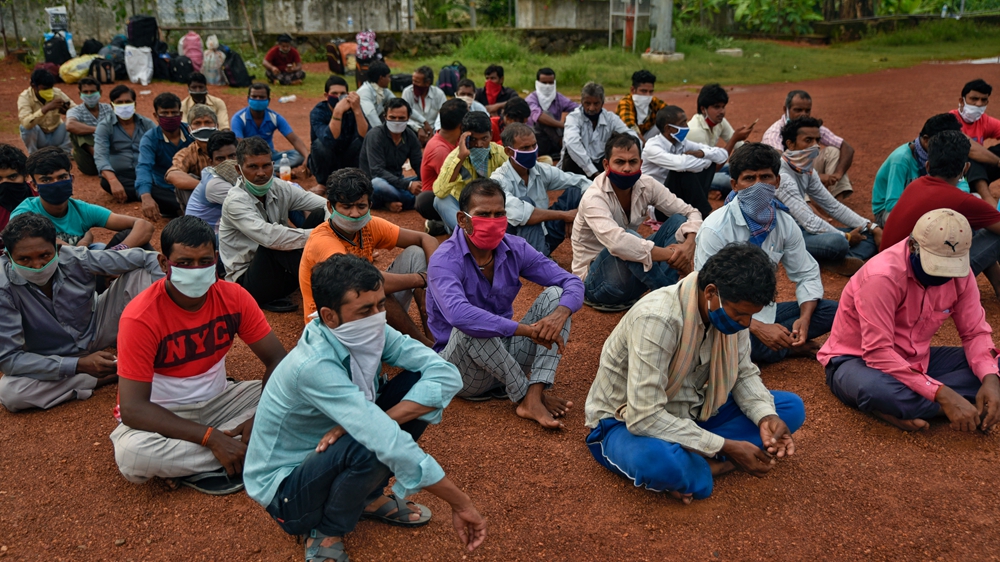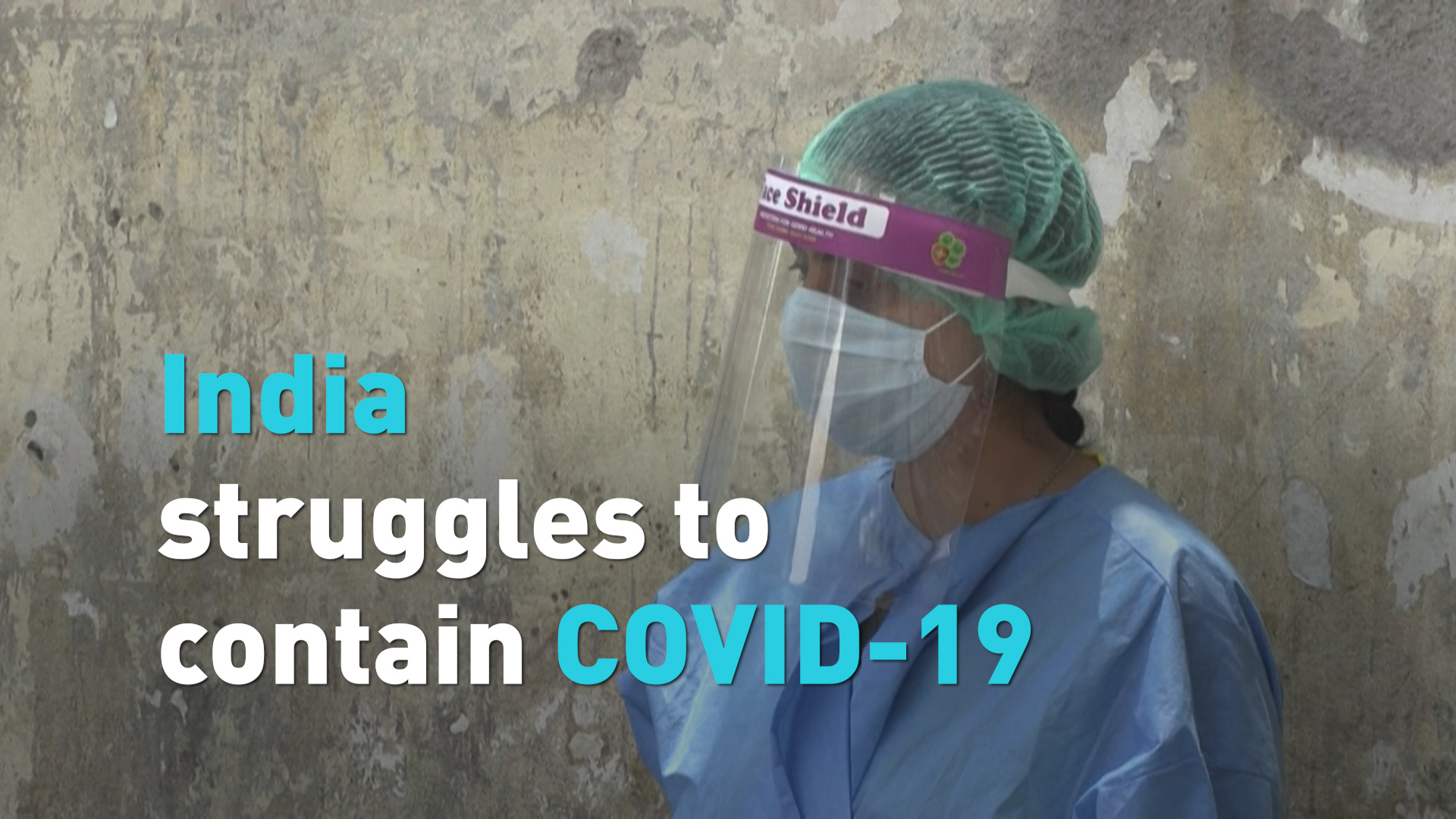Editor's note: This is the 77th article in the COVID-19 Global Roundup series. Here is the previous one.
With more than 320,000 infections, India now is the fourth-worst affected country in the world. What makes things worse is that it has witnessed skyrocketing growth in its number of confirmed COVID-19 cases in recent days.
On Saturday, the world's second most populous country reported its biggest single-day jump in coronavirus cases, adding 11,458 confirmed infections, according to federal health ministry.
The steadily increasing number of cases have something to do with easing of the national lockdown, which was imposed on March 25.
Millions of informal workers, which make up as much as 85 percent of the country's workforce, reportedly had to return home on foot or by train when they got the news that they would lose their jobs and could not afford their daily living needs. The exodus has contributed to the spread of infection between cities and also from the cities to the villages.
Related story:
COVID-19 Global Roundup: How severely is India hit by the coronavirus?
It's reported that in the past three weeks nearly four million workers have traveled by rail from cities to their villages in more than six states. Not to mention that the world's second most populous country had eased its lockdown in the latter half of May even as it becomes Asia's COVID-19 hub.
There are worries that the increase in infections could easily lead to many avoidable deaths as hospitals run out of beds for infected patients who need oxygen support and clinical care to recover.
"That's the real worry. A critical-care bed needs an oxygen line, a ventilator, doctors, nursing staff. Everything will be under pressure," Dr. Ravi Dosi, whose 50-bed ICU is already full of patients battling the virus, told BBC.

Migrant workers from Bihar state, wearing masks as a precaution against the coronavirus, wait for buses to catch home bound train in Kochi, southern Kerala state, June 12, 2020. /AP
The surging number of infections highlights the precarious state of the Indian healthcare system. At the Max Smart Super Specialty Hospital in New Delhi, one of India's top private hospitals, every bed is said to be occupied by COVID-19 patients and staff workers there fear that the worst is still to come.
"We don't know when this is going to peak," Dr. Deven Juneja told AFP during a pause from his rounds at the hospital.
Indian media has been full of tragic stories of people dying after being turned away by hospitals. Businessman Ashwani Jain, 45, was refused admittance by multiple hospitals. "They don't care whether we live or die," said his 20-year-old daughter Kashish.
Facing the increasing demands for beds and medical treatments, India's government has announced it would convert another 500 railway carriages to create 8,000 more beds for coronavirus patients in Delhi.
Another thing that hampered India's abilities to contain the coronavirus was the lack of adequate data on the pandemic to help frame a strategic response.
Nowadays, different states in India will see infection peaks at different times. What's more, the reported infection rate, namely the number of infections for every 100 tests, is different between each state and national average. For example, the rate in Maharashtra state is three times the national average.
That's why experts say a one-size-fits-all strategy to contain the pandemic and impose and lift lockdowns will not work in the country.
"The infection is not spreading uniformly. India will see staggered waves," an anonymous virologist told BBC.
Confronted with the domestic coronavirus crisis, it was also reported that at least 20 Indian soldiers, including a Colonel, have been killed in a "violent face-off" on Monday night with Chinese troops at Galwan Valley in Ladakh. China's military voiced strong dissatisfaction and opposition on India's aggression, and urged India to strictly restrain its front-line forces in the border areas and meet the Chinese side halfway, citing the meeting between Chinese and Indian military officials on June 6.
(With input from agencies)








 User Center
User Center My Training Class
My Training Class Feedback
Feedback













Comments
Something to say?
Log in or Sign up for free